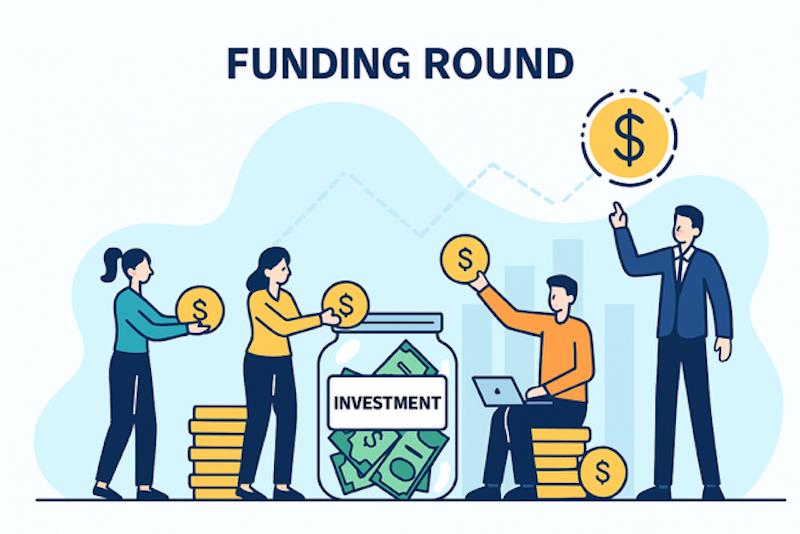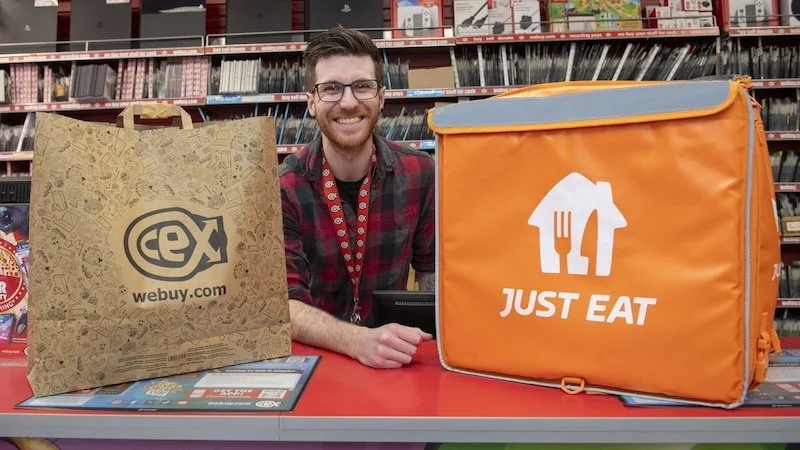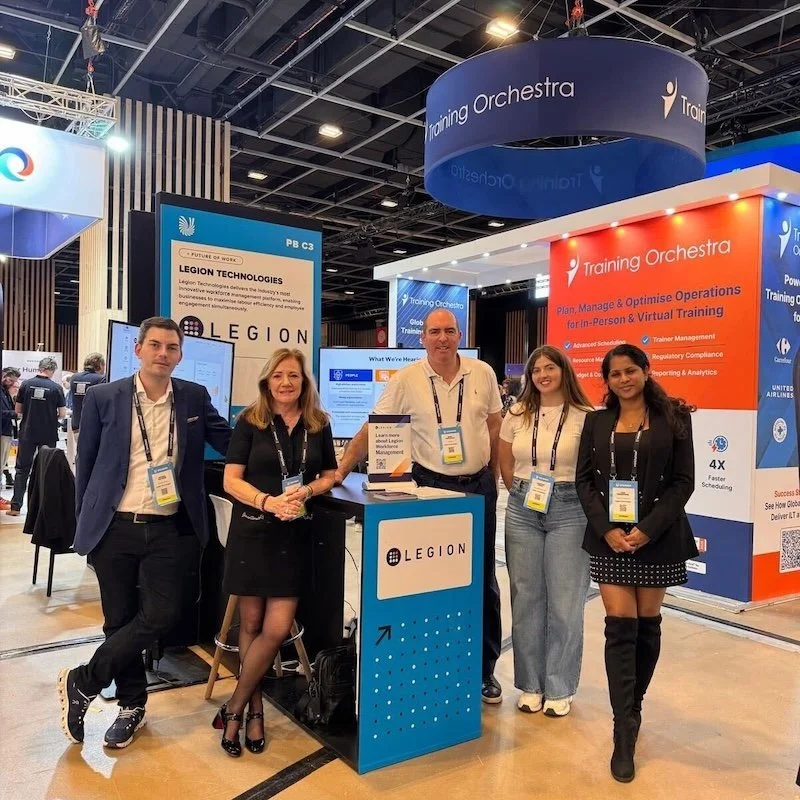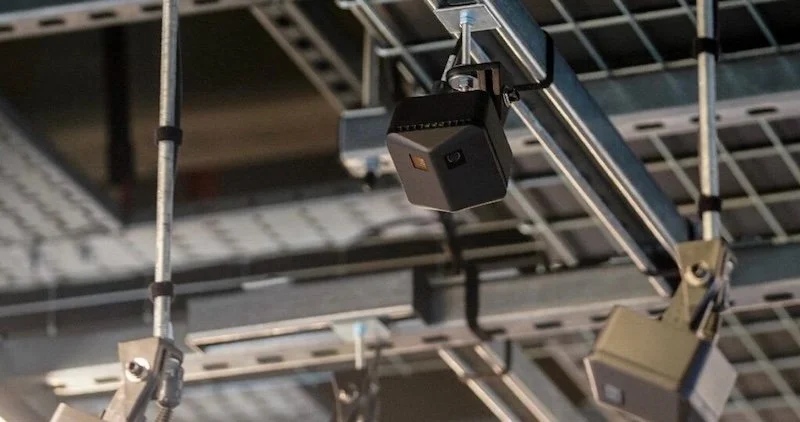Retail and loans: how financing solutions are transforming the retail industry
This article looks at how retailers are driving their businesses forward through today’s modern customer financing solutions.
Introduction: The Intersection of Retail and Financial Technology
Finance and technology (or FinTech) has changed the way that all of us use money today. Thanks to advances in technology, there are many disruptors who’ve entered the market and changed the landscape, especially in the retail sector.
Bringing a plethora of exciting opportunities for retailers and consumers, there are easier ways to pay and finance purchases, from buying small, low cost goods right through to purchasing high value goods. The combination has helped to shape the future of consumer spending so let’s take a detailed look at exciting fintech changes that are driving retail. Meanwhile, here’s a great place for financing your retail requirements.
Buy Now, Pay Later – Revolutionising Consumer Spending
Popular with online retailers (although also being offered in some bricks and mortar retail stores) Buy Now, Pay Later is one of the newest technologies (introduced in 2010 as a niche payment system with Klarna being one of the first, today Klarna reaches 150 million customers).
Often referred to as BNPL, this method allows consumers to spread the cost and has transformed the retail sector. There are quite a few new companies such as Klarna and Afterpay who provide consumers with short-term credit to pay for goods over a period of time, without accruing interest (as long as payments are received in full and on time).
Most retailers now (certainly online) offer a way to spread payments through one of these BNPL companies and are reaping the benefits. The Journal of Marketing recently published an article to show that using these types of financing offers, increases consumer spending. What’s more, those increases are substantial, often up to 26% more, with 14% larger basket size. Discover more about spreading payments here.
BNPL delivers longer-term gains rather than quick wins too. For shoppers who want to purchase goods but find themselves financially constrained, these mechanisms give them an easier way to shop, spend and spread the cost, removing the reliance on credit cards, where (while the principle is similar to BNPL), they are more likely to acquire debt.
The Journal’s research further shows that shoppers using BNPL don’t feel as financially constrained as those paying for an item in full, while arguably this is a psychological response, nevertheless, consumers have embraced these new methods of payment. The global buy now pay later market was valued at $30.38 billion (2023) and projected to grow to $167.58 by 2032, with the USA dominating market share. So, this new technology is certainly not going to disappear and doubtless, we will see more options for BNPL technologies.
Retail Loans for Small Business Growth
So, BNPL is definitely worth adding as a payment option for customers, because it increases basket size and consumer spend but what else can smaller retailers do to support and grow their businesses? In fact, it could be said that acquiring a retail loan is vital for small businesses, because today’s retailers face an extremely competitive market, not only must they compete against bricks and mortar stores, but they must also compete against online retailers.
Gaining access to financing through Vippi can help to increase inventory, purchase equipment, improve technology and enhance the overall look of a store – therefore increasing appeal to customers.
What is a Retail Loan?
Briefly, a retail business loan from Pikalaina is financing especially designed for retailers. It is used for (as mentioned), purchasing stock, store décor, tech upgrades and more. Retailers acquiring a retail loan are given an amount of money to help them grow and, hopefully, succeed. Mostly, retail loans are available through banks and some online lenders. Over the past 20 years, the retail sector has benefitted from more and more borrowing options. There are several types of retail business loans:
● A Term Loan which is usually a generous amount of money paid back over time. Often these are for big investments, such as store expansion or the purchase of machinery/equipment/tech.
● A Line of Credit allows retailers to borrow a specific limit and pay interest on what they use. This type of credit is good for short-term costs and the management of cash-flow.
● Equipment Financing this type of retail loan is designed for purchase (or rental) of in-store equipment, such as cash registers or store display equipment, for example.
● Merchant Cash Advance this is a large sum of money lent in exchange for a share of future sales.
By choosing the right type of financing, retailers can leverage an opportunity for exponential growth. There are loans suitable for small boutiques, independent retailers, new startups and pop-ups. For car loans, click here.
How Retailers Can Leverage Point-of-Sale Financing
This brings us onto another excellent method to encourage consumer spending – PoS financing (Point of Sale). Firstly, and briefly, PoS financing relates to ways for shoppers to pay for goods using flexible instalment options over time. Consumers can pay for goods with a one-off loan at the point of checkout – and split their purchase amount into smaller, affordable payments over a period of a few months.
It is similar to BNPL - and in the past the BNPL options like Klarna, and Afterpay, were mostly used for online sales but now, more and more bricks and mortar stores are offering these at point of payment and advertising these mechanisms through point-of-sale décor and store staff offering them as an option.
Just like BNPL, offering PoS financing boosts consumer spending, and increases basket sizes. As a flexible, accessible payment system, it helps consumers spread the cost and make purchases that otherwise, they couldn’t afford. As a result, it is extremely valuable to retailers and consumers. What’s more, customers who like PoS financing tend to turn into repeat customers as they know that their favourite store offers payment flexibility, as does Lainaa.
The Role of AI in Retail Loan Risk Assessment
Artificial Intelligence also plays a very crucial role, especially for consumers seeking short-term credit (BNPL and PoS financing). Harnessing AI, these disruptive loan companies (e.g., Klarna) can improve customer experience because they make informed decisions in split-seconds and streamline the lending process. This is a particularly solid disruptive loan company. Through automation, quick decisions mean consumers can pay for items by spreading the cost - or be refused credit if a consumer’s credit history does not meet criteria. Without AI, BNPL and P0S financing would not function.
Comparing Loan Providers for Retail Expansion
Nowadays, there are several options for small retailers to secure finance through Pikavippi, which can be confusing. In the past, retailers seeking a loan would visit their bank and conduct a face-to-face meeting.
This is of course, still possible but there are so many lenders and FinTech providers that there are multiple options available - some of them being extremely flexible. Deciding what the right option depends on the retailer’s needs, its current financial standpoint and what the loan is for. Here are a few options:
1) High Street Banks
The traditional way to borrow money for retailers, they still offer financing but fintech disruptors have changed the landscape and most brokers prefer the newer options such as this loan website. However, banks usually have stellar reputations and are trusted by their customers.
They may well offer lower interest rates and better options for longer repayment terms, and there’s the human benefit - of face-to-face and in-person availability. Banks are perceived as stable and low-risk. Drawbacks include stringent criteria for approval, the length of the application process and generally, banks prefer to lend to larger, more established businesses. Furthermore, banks often request collateral.
2) Alternative Lenders (e.g., Online)
Alternative lenders like Joustoluotto, relate to any lender that is not a bank, and they account for most small retailer lending. They tend to offer greater flexibility and quicker access to finance than banks. They can also offer loans to retailers who perhaps don’t have an excellent credit score. What’s more, alternative lenders provide a streamlined process, with one application that’s quickly assessed, and decisions made faster than bank decisions.
These types of lenders are often able to tailor loans to better suit the retailer in question. This means faster funds, better terms and often easier conditions. Finally, alternative lenders generally have flexible loan conditions, higher approval rates and greater credit limits than banks (especially for unsecured loans). An alternative lender such as an online lenders, is generally better for startups, small retailers and entrepreneurs who want a quick return.
Bear in mind that some of these lenders may not be as established as banks, and therefore they might have more risk attached to them. It is therefore always crucial to compare terms, interest rates, access to funding, loan length and fees. There are online comparison websites which are useful to compare lenders.
The Impact of Consumer Loans on Retail Trends
So – what is the impact of flexible consumer loans from Kulutusluotto such as PoS financing and BNPL on retail trends? They have definitely changed how and when people spend money and given consumers access to greater purchasing power. In terms of types of goods, these methods of payment have helped increase spending on high value items, such as luxury goods and technology because monthly instalment plans have enabled consumers to buy premium items that otherwise, they could not afford.
BNPL and PoS finance has led to bigger basket spends and less cart abandonment for online retailers. Bricks and mortar stores have harnessed these new Lainaa consumer loans by promoting deals and introducing customer loyalty programs, encouraging repeat custom.
Final Words: Future Innovations in Retail Financing
Disruptive technology in the retail financing sector has changed consumer habits and with advancements at such a rapid pace, there will doubtless be more significant innovations in future.
We will see a decline of cash payments, thanks to mobile payment methods which will help reduce costs associated with cash management for retailers, as well as removing back office processing. However, retailers still have to pay transaction fees thanks to the increase of card and mobile payments. There will also be new payment technologies to help retailers manage the costs and processing better.
Another fintech that’s interesting to watch is A2A (account-to-account) payments. This is when a transaction is made between bank accounts without an intermediary (for example, Visa, or Amex). These types of payments are usually linked to recurring charges, loyalty cards or through apps. Using A2A will help reduce retailers’ card transaction fees. A2A is still fairly new in terms of retail but it will become more prevalent over the next few years.
Digital wallets like Apple and Google Pay are another FinTech changing the landscape for retailers. They are fast becoming a preferred method of payment for customers. Also, BNPL is expected to grow 25% to 2026 and there will be new entrants to this space. In terms of physical stores, there will be more automation checkouts, which will reduce labour costs and improve customer satisfaction - as long as the technology is spot-on.
Finally, digital currencies have been around for quite a few years now and are at last gaining momentum in the retail space, but still only represent less than 1% of transactions although it is expected that they will show significant increase by 2029. A good example is adidas, they are one of the large retailers who now accept digital currencies, paving the way for others to follow.































Continue reading…